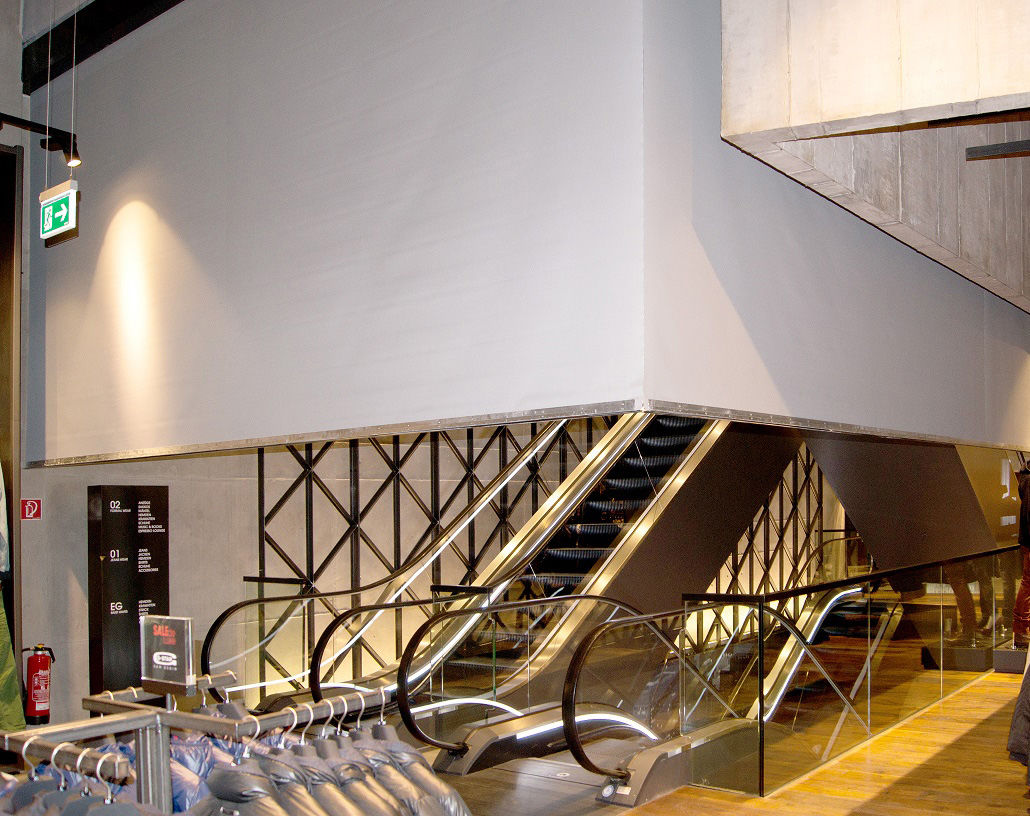No place for cut and paste specification

The crucial role of specification writing has been so severely downgraded that it is undermining building designs, according to David Fitzpatrick*.
The bad habit of using ‘cut and paste’ specifications is leaving some clients with poorly performing and, in some cases, unsafe buildings. More and more we see a different technical solution from the one agreed by the design team being included in the written specification because it has simply been copied across from a previous document.
This is a particular concern where the building services are crucial to health and safety – such as in fire and smoke control – but is a common problem right across the sector.
If the specification does not reflect what was agreed during design meetings, clients are well within their rights to take legal action because they will not receive the building they were promised. Also, if the specification is poorly written or unclear it is open to ‘interpretation’ by the contractor, who can justifiably argue that what they have been presented with cannot be applied to the project in hand. They will argue that it cannot be built unless it is radically revised.
While there are many issues currently surrounding building services that are outside of our control; this is one problem the industry can solve for itself by insisting on a better standard of specification writing. However, the status of the specification writer has been relegated in importance over the years – partly because of time and fee constraints.
Disputes
This is causing confusion, pricing errors and contractual disputes as well as undermining the government’s stated aim of reducing the cost of construction by 30%; speeding up delivery and improving quality.
The pledge by Housing and Communities Secretary James Brokenshire to “adopt in full” the recommendations of the Hackitt Review of building regulations and fire safety should make anyone involved in specification writing sit up and take notice.
He has promised a tougher and more effective regulatory framework to improve building safety standards and said there would be “no hiding place” for those who break safety rules. That puts even greater onus on project designers to get the specification right.
Embracing digital processes would help enormously, but many of the specification templates used in our sector are so out-of-date they cannot be easily translated into the formats required to support modern construction methods and for integrating into Building Information Modelling (BIM).
No matter how much technology changes, specification will remain at the heart of m&e engineering, and how we communicate is vital if we are going to get the details right from the outset and remove the ambiguity of interpretation that leads to compromised designs. That is why we need to adopt a consistent approach and use a format that is intelligible to all.
The lack of consistency in the way our supply chains exchange information is also increasing contractual risk and will come under greater scrutiny in this post-Grenfell period. The current approach also encourages people to dump information at different stages of the project and then start again, which builds waste, delay and extra cost into the project process.
Contractors are often confronted by hundreds of pages of information, which is not relevant to their task in hand and so adds to the confusion. If we are being charitable, we could put the problem down to people not having enough time to spec the work properly or not fully understanding the brief, but there is also an element of laziness – and in the worst cases dishonesty – involved.

The importance of a clear specification does not end at handover. In fact, the need for clearer detail becomes even more apparent during the building’s operational life. Unless the art of specification writing is given the status it deserves, the original design intent will be lost and the building will fail to meet performance targets.
The specification also needs to be simple and straightforward and not full of onerous conditions and weasely wording designed to protect the specifier’s back. In the end, this is simply writing a blank cheque for lawyers.
Variations
Specifications need to be clearer and free of ambiguity because the risk of disputes and project ‘variations’ is far too high. Late changes to the design are the enemy of good engineering and we need clear and concise writing.
The variable quality of specifications also makes it hard for estimating teams to understand what they are being asked to price. This either leads them to over price work or to make mistakes that create problems further down the chain.
Many specifications also fail to reflect current industry standards and best practice because sections have been copied from out-of-date documents. This also leads to conflicts between the contracting parties – further delaying the project and pushing up the cost.
If the Hackitt Review has taught us anything, it is the importance of having a culture of collaboration in place from the outset – and before the specification is even written – so the necessary information exchange can take place and there can be technical clarity and rigour from Day One. That must be the goal we are all striving for to make buildings safe and efficient – it will also cut waste from the process, which will lead to greater financial profit for everyone involved, including the end client.
It is crucial that fire safety designs, in particular, are precise and specific about the measures required for the building in question. Fire and smoke protection systems need to be considered as a complete ‘package’. That must be reflected in the specification to avoid the unhappy situation of contractors breaking up the component parts of the system and letting them out as separate tender packages in a bid to drive down the cost.
Active and passive fire protection measures have a symbiotic relationship and depend heavily on how they are installed in relation to each other. However, if the specification allows contractors to re-interpret the original design intent while looking for capital savings, they may not work as intended in the event of a fire. In the wake of Grenfell, the industry has a responsibility to put an end to that sort of behaviour.
Writing a specification is not something to be regarded as a bit of an inconvenience that can be delegated to someone with less experience, but more time. The art of specification is fundamental to the original design intent. Undervaluing it will undermine a building’s performance and safety.
*David Fitzpatrick is business development director at Colt International.







